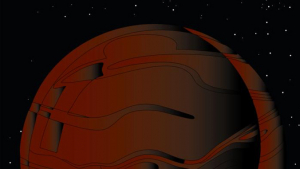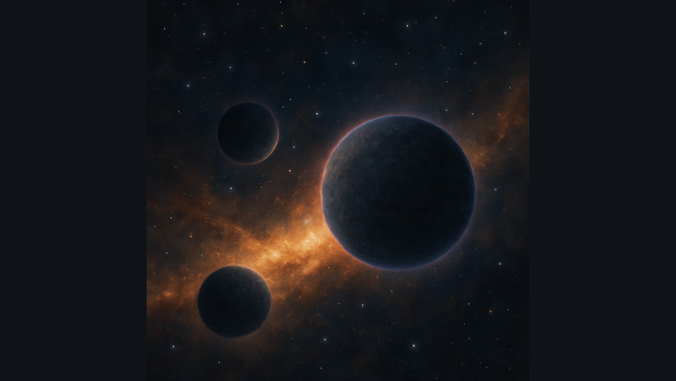A new type of star-like object called a “dark dwarf” that could provide clues into dark matter—one of the universe’s biggest mysteries—has been proposed by an international group of scientists, led by a researcher from the University of Hawaiʻi at Mānoa.
Dark matter is an invisible substance that makes up about a quarter of the universe’s total matter. It does not emit or reflect light and can only be detected by its gravity. Despite decades of research, scientists still don’t know exactly what dark matter is.
Brown dwarfs to dark dwarfs

The study suggests that these dark dwarfs may form when brown dwarfs (small, faint “failed stars” that are too small to sustain the nuclear reactions that power normal stars) capture dark matter particles in areas where dark matter is dense, such as the center of our galaxy, the Milky Way.
Inside these dark dwarfs, the dark matter particles collide and destroy each other, releasing energy that keeps the object glowing over long periods. This energy source is different from the nuclear fusion that powers normal stars such as the Sun.
The researchers said these dark dwarfs could be identified by the presence of lithium. Lithium burns up quickly in regular stars, but would remain inside dark dwarfs, offering a way to distinguish them from brown dwarfs. Astronomers may be able to detect dark dwarfs with advanced telescopes, such as the James Webb Space Telescope, by looking for these unique signatures in the galaxy’s center.
“Finding dark dwarfs would be an important step toward understanding the true nature of dark matter and the fundamental makeup of the universe,” said Jeremy Sakstein, study lead and assistant professor in UH Mānoa’s Department of Physics and Astronomy. “Hawaiʻi’s rich tradition of astronomical research makes UH Mānoa an important hub for exploring the universe’s deepest mysteries.”
This study was published in July 2025 in the Journal of Cosmology and Astroparticle Physics.
The Department of Physics and Astronomy is housed in UH Mānoa’s College of Natural Sciences.
